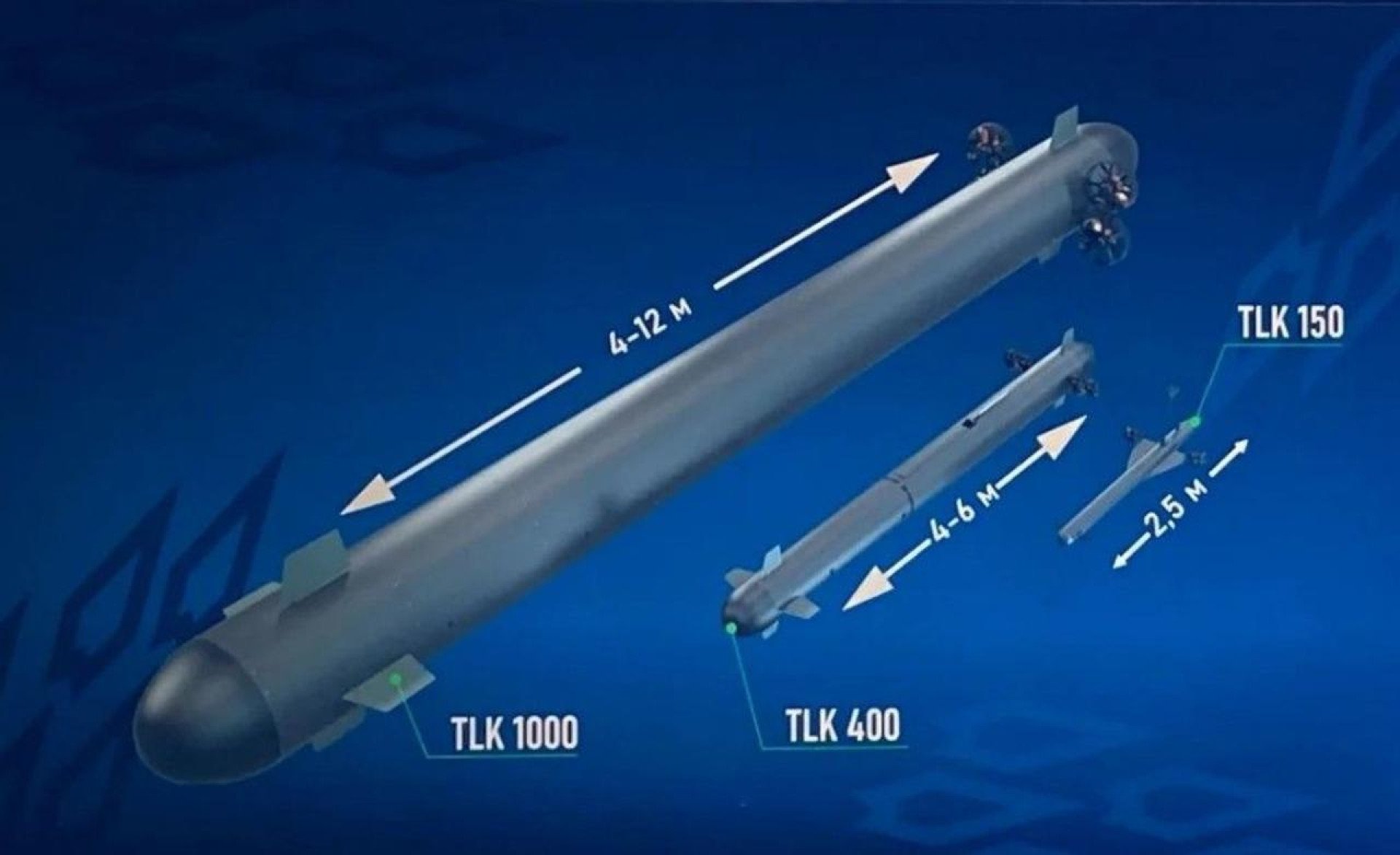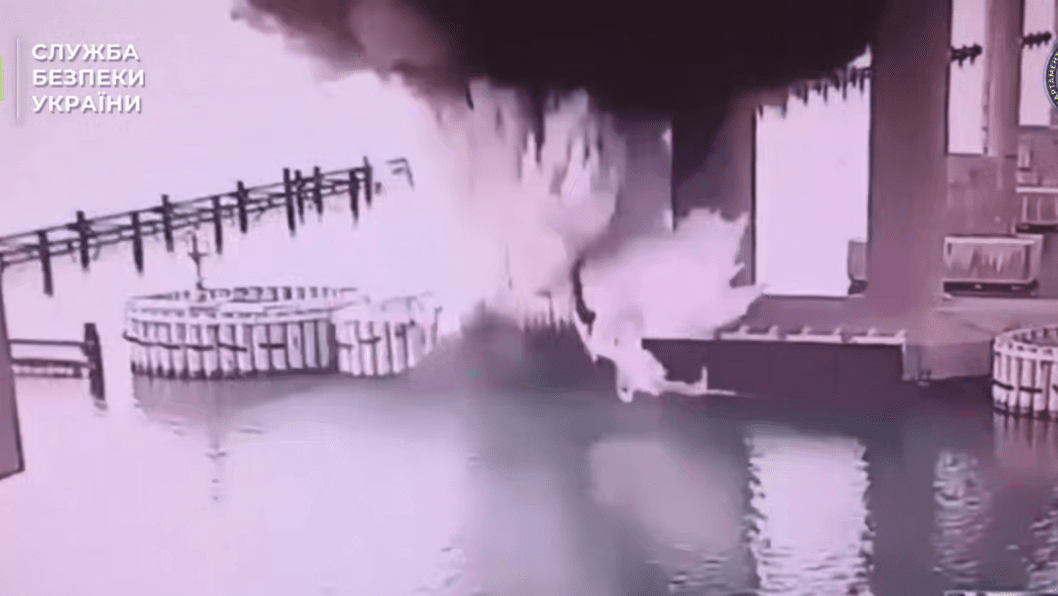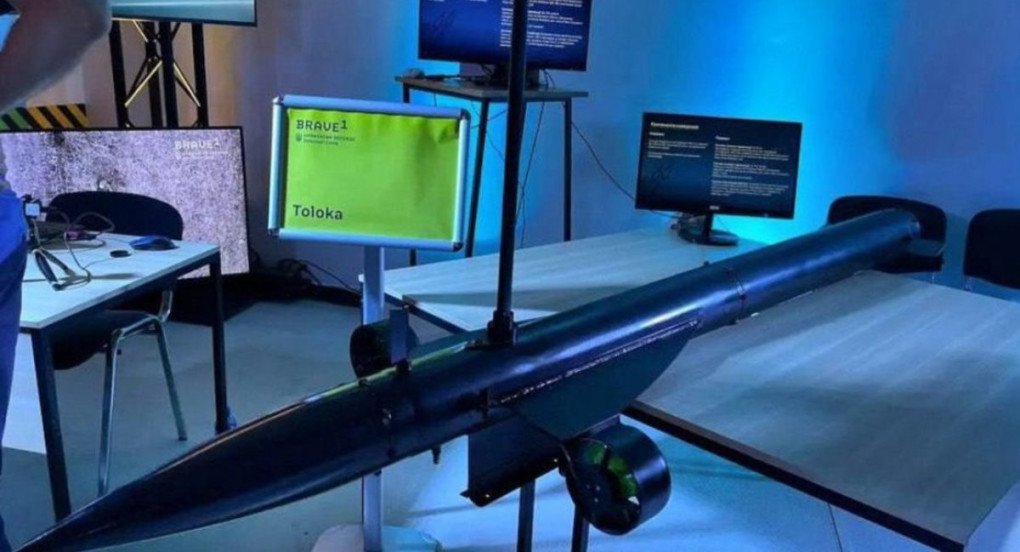- Category
- Latest news
The Crimean Bridge Was Just Struck Underwater. Ukraine Has a Drone for That

Ukraine’s underwater warfare game is surfacing—quietly and with a big payload. For example, “Marichka”: a six-meter-long, stealthy, multi-purpose undersea drone designed to do just one thing—make sure Russian ships, bridges, and fortifications have very bad mornings. Built by Ukrainian defense startup AMMO, this sleek black torpedo-shaped machine is a prototype that’s already causing serious buzz.
After the Security Service of Ukraine (SBU) confirmed it had struck the Crimean Bridge for the third time—and this time, from below, using explosives planted on its support structures beneath the waterline, we can take a look at the Ukrainian underwater drone program, which first surfaced media in 2023.
Described as a “multi-purpose strike underwater drone,” the “Marichka” is engineered to destroy a wide range of targets, from landing ships and missile carriers to bridge supports and coastal bunkers.
And with a claimed range of up to 1,000 kilometers, it can loiter beneath the surface for hours, patiently awaiting the perfect moment to strike.
⚡️More detailed footage showing the design and appearance of the Marichka underwater multi-purpose drone developed by 🇺🇦Ukrainian inventors pic.twitter.com/NQBDzgtEWf
— 🪖MilitaryNewsUA🇺🇦 (@front_ukrainian) September 25, 2023
“It’s invisible to most radars, scanners, and sonar systems,” its developers claim—a nightmare combination when paired with its ability to wait silently in standby mode until triggered by a timer or signal.
With multiple internal compartments, it can also switch from a suicide strike role to cargo delivery or reconnaissance, depending on the mission.
While AMMO has kept many of the drone’s specs under wraps for security reasons, what we do know paints a clear picture:
Length: 6 meters
Width: 1 meter
Operational range: up to 1,000 km
Payload: classified, but “significant”
Cost per unit: approximately $400,000
The Marichka first appeared in the public eye in August 2023, when Ukrainian officials confirmed its successful trials and released footage of it gliding beneath the surface.
The drone’s design also gives a nod to psychological warfare. Russia’s military, which has relied heavily on the Crimean Bridge as a logistical artery for supplying forces in southern Ukraine, may now have to worry about unseen threats swimming beneath its critical infrastructure.
The developers of the Brave1 cluster have already planned several gradations for the development of the Toloka underwater drone:
TLK-150, hull size 2.5 meters, range up to 100 km, electric motor power plant, the weight of the UAV or 20-50 kg of other payload
TLK 400 – hull size 4-6 meters, declared range up to 1200 km, the weight of the UAV or up to 500 kg of other payload
TLK 1000 – hull size from 4 to 12 meters, declared range up to 2000 km, declared weight of the UAV or other payload – up to 5000 kg.

And while Ukrainian officials haven’t officially linked Marichka to any recent operations, the country’s intelligence services have made it clear that underwater sabotage is now firmly on the table.
Ukraine isn’t stopping at Marichka. The defense platform Brave-1 recently unveiled the smallest version of its Toloka family of underwater drones: the TLK-150, capable of carrying up to 50 kg of explosives over 100 kilometers.
Though smaller than Marichka, its modular design includes GPS antennas, thermal cameras, and autonomous navigation systems — all crucial for Black Sea stealth missions.

Larger Toloka variants, including the TLK-400 and TLK-1000, could eventually carry up to 5,000 kg of explosives and operate over 2,000 kilometers, raising the possibility of coordinated swarms or long-range sabotage far from shore.
Ukraine’s underwater drones are no longer just prototypes—they’re shaping up to be a strategic game-changer. Whether it’s sinking missile ships or, hypothetically, snapping illegal bridges in half, these stealthy sea hunters are writing a new chapter in asymmetric naval warfare.
Earlier, Russian media and local Telegram channels reported a second attack on the Crimean Bridge.



-72b63a4e0c8c475ad81fe3eed3f63729.jpeg)


